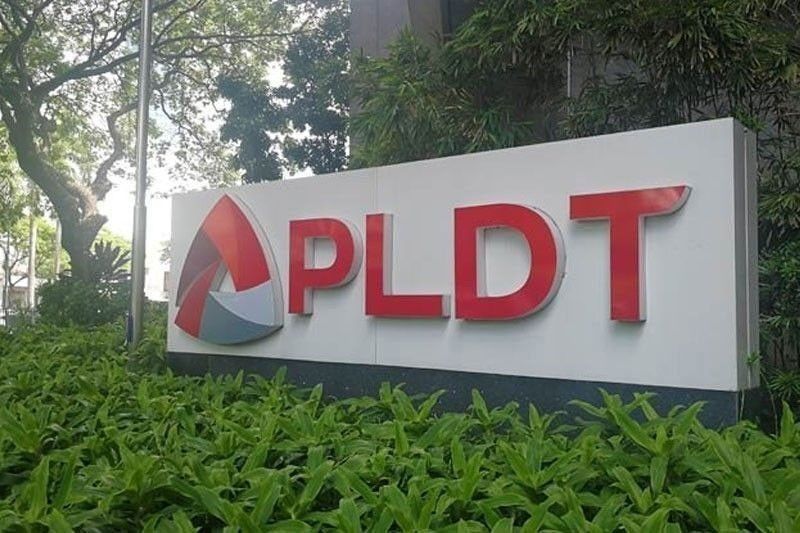PLDT fires up P7 billion undersea cable

MANILA, Philippines — Integrated telco PLDT Inc. has activated its undersea cable system to increase its international capacity to 60 terabits per second, eyeing to launch two more in the next two years to position the Philippines as a leading data hub.
PLDT president and CEO Alfredo Panlilio said the telco giant would work with the Marcos administration in its push for digital transformation in the next six years.
On Friday night, PLDT fired up its P7 billion Jupiter cable system, its undersea cable link hooking up its landing station in Daet, Camarines Sur to Japan and the US.
With Jupiter online, PLDT’s international capacity tripled to 60 terabits per second to the benefit of subscribers. The submarine cable system boosts PLDT’s backbone that connects customers here to digital services abroad.
Panlilio said investing in the undersea cable link, particularly Jupiter that lands in Japan and the US, expands access to internet content.
According to Panlilio, hyperscale servers mostly in the US and some in Japan serve bulk of digital services tapped by Filipinos.
PLDT Enterprise core business solutions head Jojo Gendrano said the Pangilinan-led telco has spent $136 million, or about P7 billion, to put up the Jupiter cable system.
Gendrano said PLDT will add another 36 terabits per second to its international capacity by next year with the launch of the Asia Direct Cable (ADC) system.
Further, Gendrano said PLDT is poised to switch on the Apricot system by 2024 to power up its international capacity by 54 terabits per second.
With an international capacity of that level, Panlilio said PLDT can talk to tech giants who might be looking for an investment site where they can locate their expansion plans.
Gendrano disclosed that Jupiter alone enabled PLDT to negotiate with digital trailblazers like Alibaba, Amazon, Facebook and Google for future tie-ups.
PLDT is spending $100 million to complete the landing of the ADC and Apricot systems.
The undersea cable links can position the country as an investment hub for hyperscale, which refers to efforts by tech giants to search for infrastructure where their data requirements can be stored.
According to Structure Research, a firm specializing on internet infrastructure, the Philippines is becoming one of the most promising sites in the Asia-Pacific region for hyperscale projects.
Structure Research projects hyperscale investments in the country to amount to $134 million by the end of the year and to grow by at least 25 percent every year until 2027.
- Latest
- Trending






























